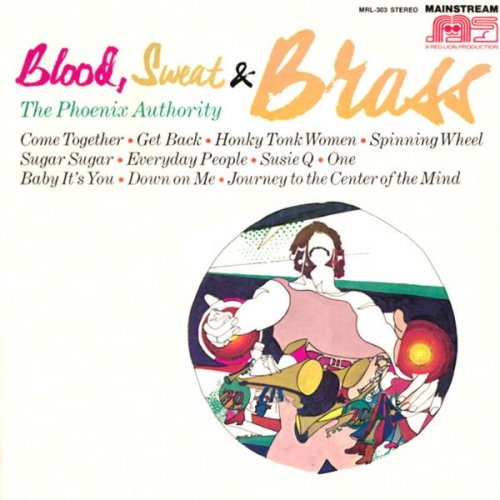Artist:
The Four Freshmen
Title:
The EP Collection
Year Of Release:
2000
Label:
See For Miles Records Ltd.
Genre:
Harmony Vocal Group, Vocal Pop, Early Pop Rock
Quality:
Mp3 320 / Flac (tracks)
Total Time: 01:07:55
Total Size: 167/376 Mb (cover)
WebSite:
Album Preview
Tracklist:01. Day By Day 1:59
02. Charmaine 2:18
03. Graduation Day 2:27
04. Angel Eyes 3:34
05. Mam'selle 3:06
06. Speak Low 3:09
07. You Stepped Out of a Dream 2:20
08. I Remember You 3:12
09. Ev'ry Time We Say Goodbye 2:40
10. Easy Street 2:11
11. Give Me the Simple Life 2:00
12. I May Be Wrong 2:41
13. Lullaby in Rhythm 2:15
14. Frenesi 2:52
15. If I Should Lose You 3:06
16. It Could Happen to You 3:26
17. Out of Nowhere 2:43
18. This October 2:16
19. The More I See You 3:16
20. Invitation 3:08
21. If I Knew Then 2:52
22. Teach Me Tonight 2:38
23. Opus I 2:10
24. Their Hearts Were Full of Spring 2:42
25. It's a Blue World 2:56
The Four Freshmen were one of the top vocal groups of the 1950s, and formed the bridge between '40s ensembles like the Mel-Tones and harmony-based rock & roll bands such as the Beach Boys as well as groups like Spanky & Our Gang and the Manhattan Transfer. The group's roots go back to the end of the 1940s and a barbershop quartet-influenced outfit called Hal's Harmonizers, organized at the Arthur Jordan Conservatory of Butler University in Indiana by two brothers, Ross and Don Barbour. Their repertoire centered on standards such as "Moonglow" and "The Christmas Song," and they began to show an unusually free, improvisational approach to their harmony singing. A couple of membership changes brought Bob Flanigan, a cousin, into the fold alongside Hal Kratzsch, and suddenly the Four Freshmen were assembled in all but name, and that fell into place a little later.
The group struggled for a long time, living hand-to-mouth while building a repertoire and a sound -- many people who've heard the group's records or are familiar with their sound are unaware that they were also completely self-contained instrumentally, each member playing more than one instrument and allowing the others to switch off to different roles. They came to attention of various jazz figures of the era, including Dizzy Gillespie, Woody Herman, and Stan Kenton, and it was Kenton who took matters into his own hands, bringing the group to the attention of Capitol Records, where the bandleader had a longstanding relationship. Thus began a long and fruitful relationship with the label, initially under the guidance of arranger Pete Rugolo -- gigs followed on The Steve Allen Show (then one of the top-rated entertainment showcases on television) and with Ray Anthony's band; they also managed to make an appearance in the MGM movie Rich, Young and Pretty.
Their first hit single was "It's a Blue World," released in 1952, and they enjoyed further success with "Mood Indigo" (1954), "Day By Day" (1955), and "Graduation Day" (1956). They released their first LP, Voices in Modern, in 1955 (and some dozen more 12" discs over the next five years); that album was as impressive a jazz document as it was a vocal pop effort, showcasing the group members' playing as well as their singing and showing that these guys had lots of complex musical strings in their bow. It was on these albums that the quartet also showed itself to be a very smart outfit, not just in musical terms but logistically as well. Rather than simply doing any 12 songs that might have been working well in its stage act, the group made these releases into conceptual works, either musically (built around the sounds achieved by combinations of the group's sound and specific accompaniments, such as Four Freshmen and 5 Trombones, Four Freshmen and Five Guitars, etc.) or as thematic arrays of songs (such as Voices in Love and Voices in Latin).
This approach to devising and creating albums (which paralleled the kind of work that Frank Sinatra was doing concurrently on the same label) would have an influence on groups like the Beach Boys that was nearly as important as their harmony sound; it's also an important reason why, in combination with their virtuosity, their albums have held up so well across 40 years. Their sound and range were helped by the fact that their benefactor, Kenton, was on the same label, which made it possible for them to record together on occasion. Most of their late-'50s albums were good sellers -- most have been reissued several times on vinyl and CD -- and they had no shortage of top bookings and top pay to keep them going into the early '60s.
There were membership changes along the way -- Kratzsch left in the spring of 1953, to be replaced by Ken Errair who, in turn, was succeeded by Ken Albers in April of 1956, while Don Barbour left in 1960, replaced by Bill Comstock. That lineup lasted intact for nearly 13 years, into the 1970s, but by that time the group's influence had faded to almost nothing. The Four Freshmen had managed to stay competitive with other pop acts through the mid-'60s, and even got a very visible boost from the Beach Boys, in the form of Brian Wilson's frequent expressions of admiration for the quartet as part of his inspiration behind putting together the rock & roll group's sound, but following the arrival of the British Invasion, they were no longer anywhere near the cutting edge of pop music. They continued to record and perform, even assimilating such contemporary songs as Jimmy Webb's "By the Time I Get to Phoenix," but they were effectively relegated to the "easy listening" stations. Their contract with Capitol ended in 1964, and the group's last affiliation with a major label was in the second half of the decade with Liberty Records, which yielded four LPs but no hits. By 1977, Bob Flanigan was the last original member, and he retired in 1992. Flanigan died of heart failure at his home in Las Vegas, Nevada on May 15, 2011 and cousin Ross Barbour, the last of the original Four Freshmen, died of lung cancer in Simi Valley, California three months later, on August 20, 2011.
New lineups of the group (including the latter-day quartet of Brian Eichenberger, Curtis Calderon, Bob Ferreira, and Vince Johnson) have continued to perform into the second decade of the 21st century, however, and have been considered an artistically valid ensemble. (In 2000 the Four Freshmen were voted Vocal Group of the Year by Down Beat magazine's readers.) And in 2001, no less a label than Mosaic Records -- the company that issues complete catalogs of jazz legends going back to the 1930s, in deluxe packaging -- released a multi-CD box of the Four Freshmen's complete 1950s recordings, proudly (and even defiantly, given the label's catalog) proclaiming the quartet's validity as a jazz outfit.
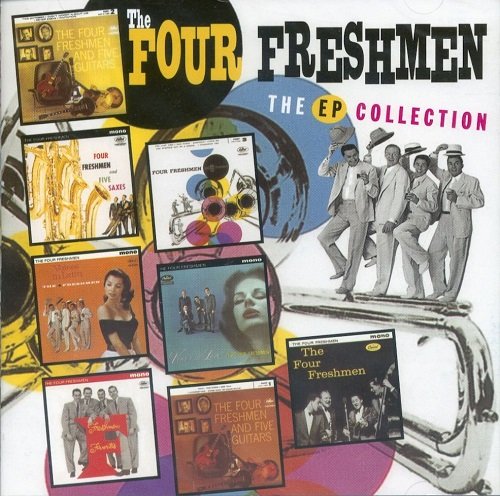

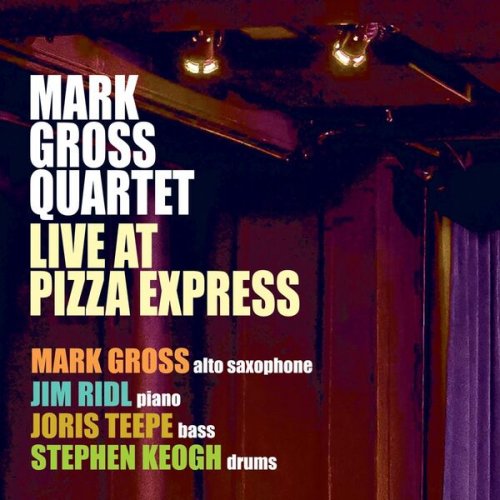
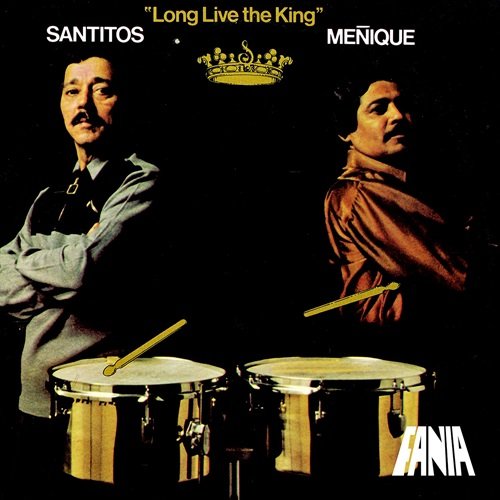

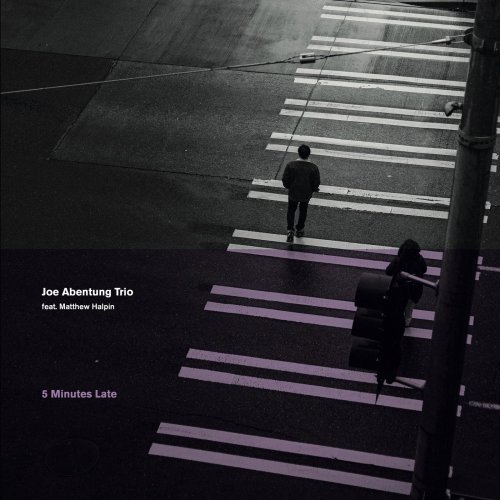
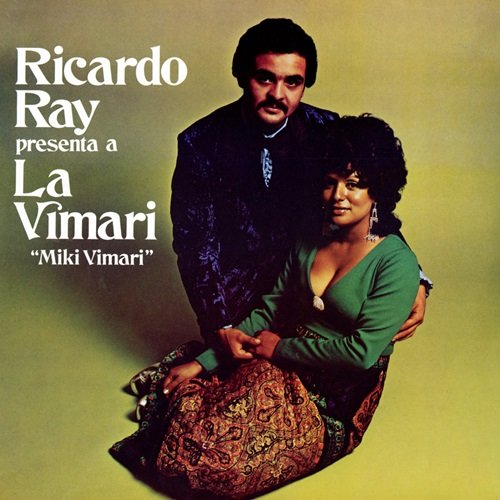

![Frank Sinatra, Count Basie - It Might As Well Be Swing (1964) [2021 SACD] Frank Sinatra, Count Basie - It Might As Well Be Swing (1964) [2021 SACD]](https://www.dibpic.com/uploads/posts/2025-12/1766090910_scan-1.jpeg)

